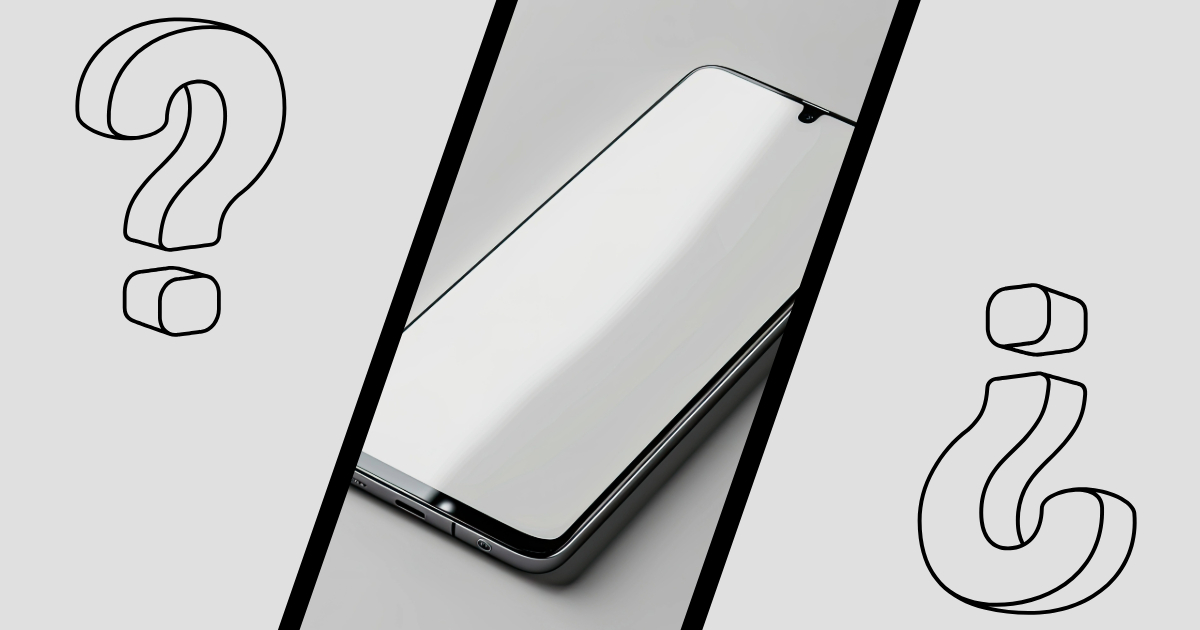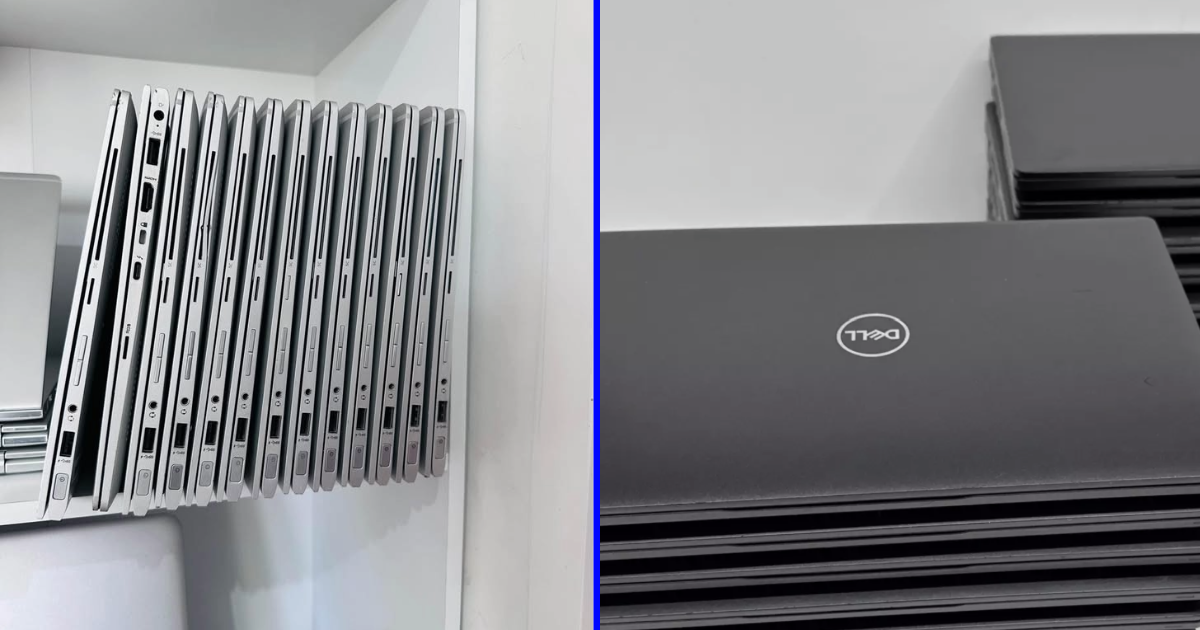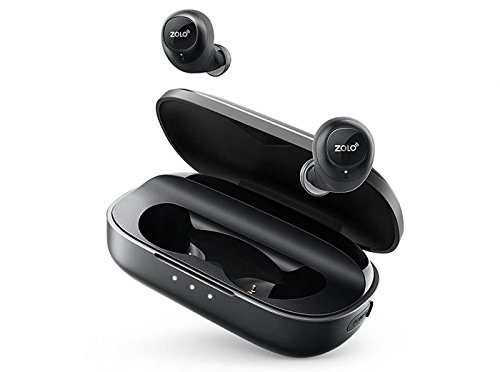
Month: May 2018
Posted Date:
-

Anker’s Audio Brand, Soundcore, Is Releasing More than a Dozen New Speakers
Perfect timing to usher in the summer season, Soundcore, Anker’s audio brand, is releasing a bunch of new headphones and speakers. Soundcore develops high-quality products at a lower price, perfect for audio…
-

The Best Phones for Gaming on the Market Right Now
Smartphones are just that—smart. These devices are specifically designed to cater to human interests and to offer convenience, whether it’s for productivity or entertainment. One of the most prominent uses for smartphones,…
-
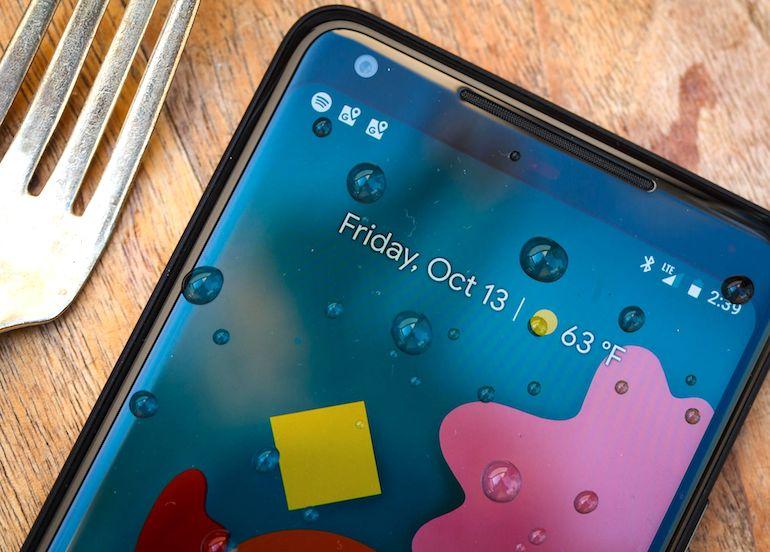
What Is Android P? The Next Version of Android
If you’re an Android user, Android P is about to take over your digital life. During Google’s 2018 keynote event, which took place May 8–10, the tech giant highlighted its aim to…
-
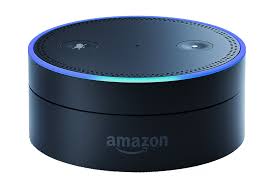
Alexa Blueprints: Amazon Just Released a New Way for Users to Customize Alexa
If you’re an Alexa user, you’ll find Amazon’s newly released Alexa Blueprints a lifesaver. Not only does it make using Alexa less complicated, it also lets any beginner, with or without experience,…
-
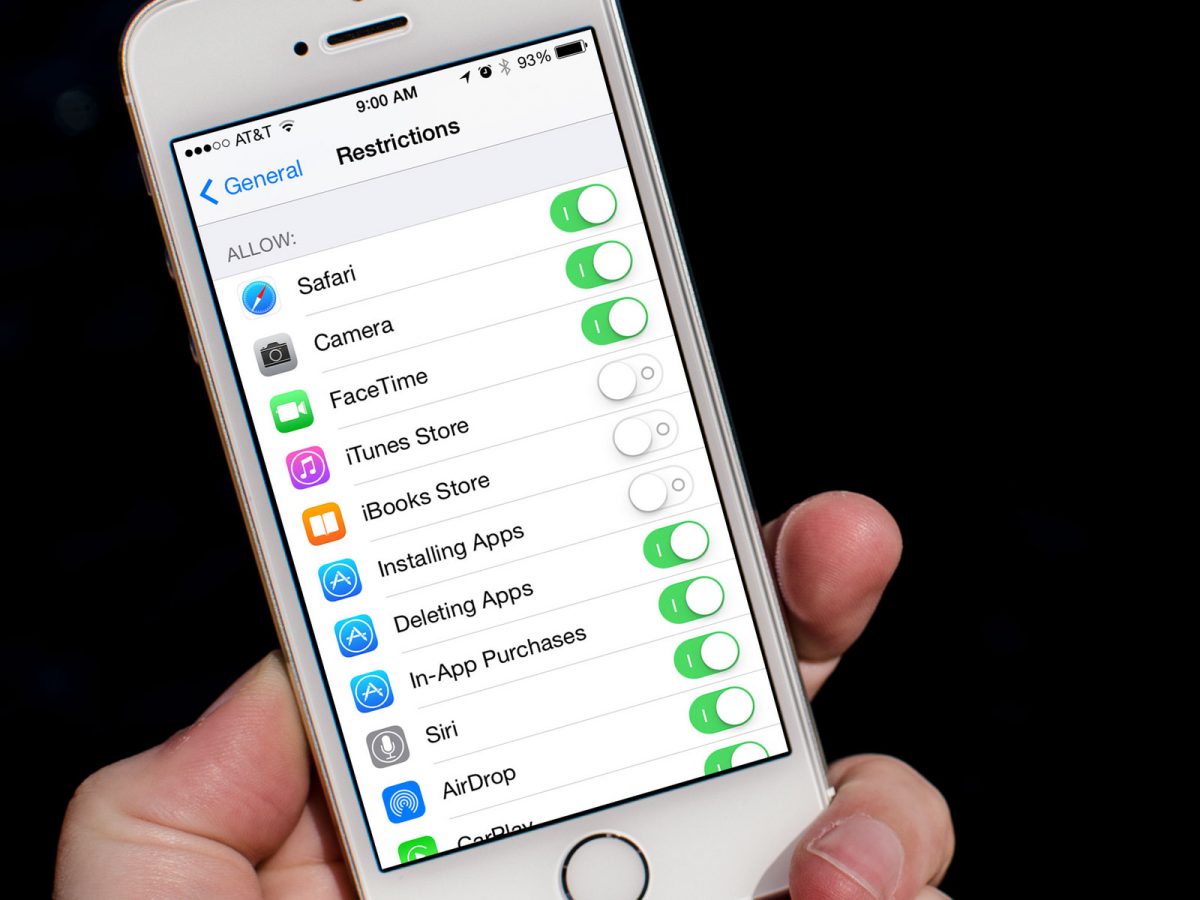
How to Block and Filter Phone Numbers on Your iPhone with the Tools in iOS
Our phones receive tons of notifications, and they’re usually more than enough to keep us busy throughout the day. As we try to catch up with every single notification, we would often…
-
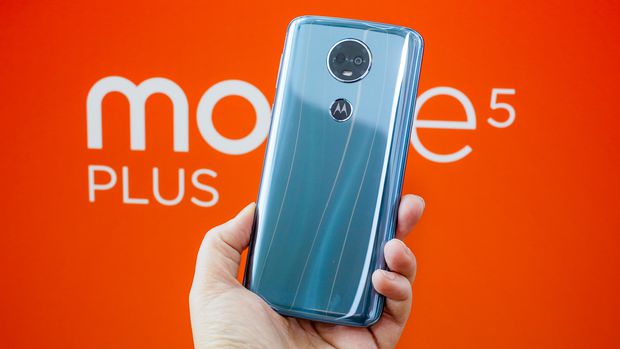
Moto E5, Moto E5 Plus, Moto E5 Play Specifications and Price
Lenovo-owned Motorola didn’t just stop with the new Moto G6 Series this year. To accompany the G6 Series, they’ve also announced another line of smartphones to their roster: the Moto E5 Series.…
-
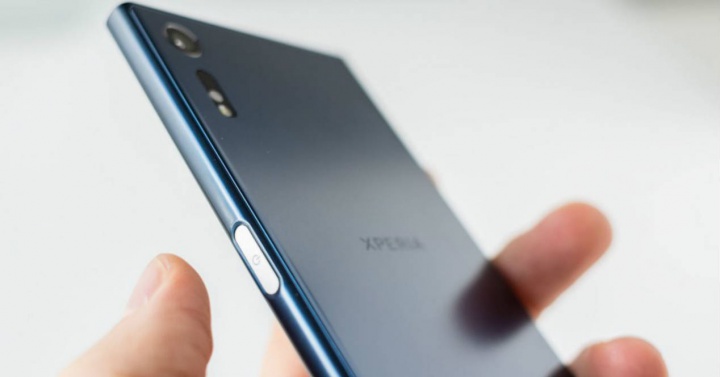
Sony Xperia XZ2 vs. Galaxy S9 vs. iPhone X
No one can deny that smartphones are in the prime of their development today. The bad news is that consumers are becoming even more confused as to which smartphone to purchase. As…
-
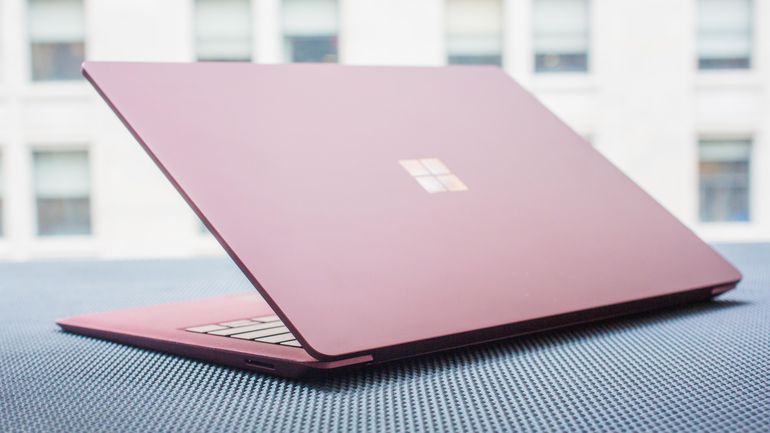
Thin, Powerful, and Secure as the Surface Laptop
Microsoft has definitely stepped up their game when it comes to creating innovative laptops that can rival Apple’s MacBook. Released only June of last year, the Surface Laptop comes in a sleek…



